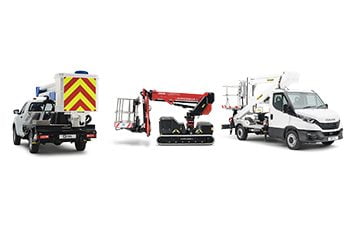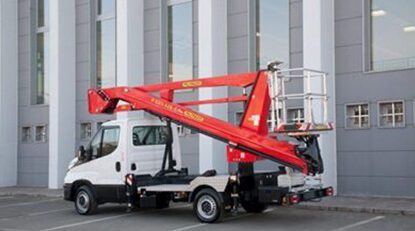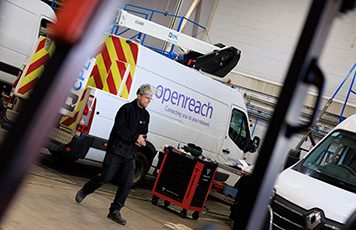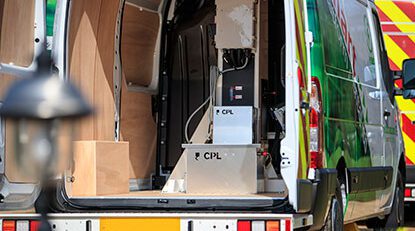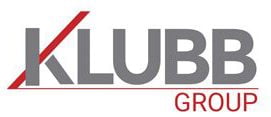Choosing the Correct Access Platform for Your Work at Height
Work at height is an integral part of many industries, ranging from construction and maintenance to painting and inspection. Performing tasks at elevation demands a keen focus on safety and efficiency. One of the crucial decisions in ensuring the safety and effectiveness of such tasks is selecting the appropriate access platform. With a variety of options available in the market, making the right choice requires a thorough understanding of the task requirements, site conditions, and available access platforms. This article aims to guide you through the process of choosing the correct access platform for your work at height.
Assessing Your Needs
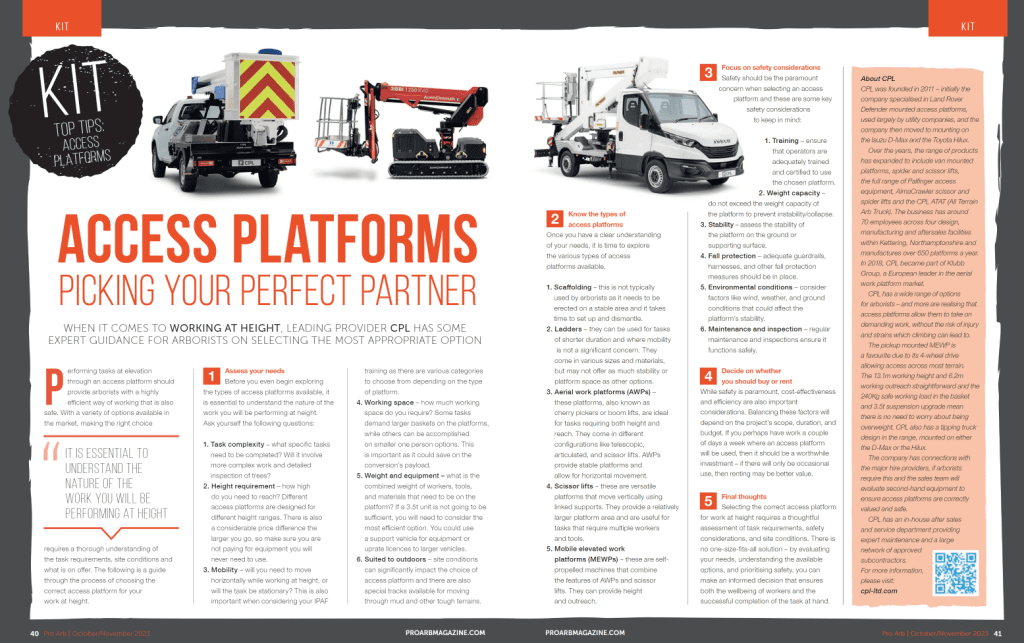 Before you even begin exploring the types of access platforms available, it’s essential to understand the nature of the work you’ll be performing at height. Ask yourself the following questions:
Before you even begin exploring the types of access platforms available, it’s essential to understand the nature of the work you’ll be performing at height. Ask yourself the following questions:
- Task Complexity: What specific task needs to be completed? Is it simple maintenance, intricate construction, or detailed inspection?
- Height Requirement: How high do you need to reach? Different access platforms are designed for different height ranges. There is also a considerable price difference the larger you go, so make sure you are not paying for equipment you will never need to use.
- Mobility: Will you need to move horizontally while working at height, or will the task be stationary? This is also important when considering your IPAF training as there are various categories to choose from depending on the type of platform.
- Working Space: How much working space do you require? Some tasks demand larger baskets on the platforms, while others can be accomplished on smaller one man options. This is important as it could save on the conversions payload.
- Weight and Equipment: What is the combined weight of workers, tools, and materials that need to be on the platform? If a 3.5t unit Diesel, or 4.2t Alternative fuel unit, is not going to be sufficient, you will need to consider the most efficient option. You could use a support vehicle for equipment or uprate license’s to larger vehicles.
- Indoor vs. Outdoor: Will the work be carried out indoors or outdoors? Site conditions can significantly impact the choice of access platform. This is important as you may want to consider battery powered options and non-marking tracks. There are also special tracks available for moving through mud and other tough terrains.
Types of Access Platforms
Once you have a clear understanding of your needs, it’s time to explore the various types of access platforms available:
- Scaffolding: Traditional scaffolding is a versatile option for various tasks. It’s ideal for long-term projects where stability and a large working area are crucial. However, it requires more time to set up and dismantle.
- Ladders: Ladders are suitable for tasks of shorter duration and where mobility is not a significant concern. They come in various sizes and materials, but they may not offer as much stability or platform space as other options.
- Aerial Work Platforms (AWPs): These platforms, also known as cherry pickers or boom lifts, are ideal for tasks requiring both height and reach. They come in different configurations like telescopic, articulated, and scissor lifts. AWPs provide stable platforms and allow for horizontal movement.
- Scissor Lifts: These are versatile platforms that move vertically using linked supports. They provide a relatively larger platform area and are useful for tasks that require multiple workers and tools.
- Mobile Elevated Work Platforms (MEWPs): These are self-propelled machines that combine the features of AWPs and scissor lifts. They are suitable for both indoor and outdoor tasks and can provide height and outreach.
- Suspended Scaffolding: This is often used for facade work. Workers are suspended from ropes or cables, allowing access to difficult-to-reach areas.
Safety Considerations
Safety should be the paramount concern when selecting an access platform. Here are some safety considerations to keep in mind:
- Training: Ensure that operators are adequately trained and certified to use the chosen platform.
- Weight Capacity: Do not exceed the weight capacity of the platform to prevent instability or collapse.
- Stability: Assess the stability of the platform on the ground or supporting surface.
- Fall Protection: Adequate guardrails, harnesses, and other fall protection measures should be in place.
- Environmental Conditions: Consider factors like wind, weather, and ground conditions that could affect the platform’s stability.
- Maintenance and Inspection: Regular maintenance and inspections of the platform are essential to ensure it functions safely.
Cost-effectiveness and Efficiency
While safety is paramount, cost-effectiveness and efficiency are also important considerations. Balancing these factors will depend on the project’s scope, duration, and budget. Sometimes, renting an access platform for a specific task can be more cost-effective than purchasing one.
Selecting the correct access platform for work at height requires a thoughtful assessment of task requirements, safety considerations, and site conditions. There is no one-size-fits-all solution, as each project has its unique demands. By evaluating your needs, understanding the available options, and prioritizing safety, you can make an informed decision that ensures both the well-being of workers and the successful completion of the task at hand.
Contact us for more guidance on the best machine for your business. Our specialist team will help you gain efficiency and safety with your new asset.

